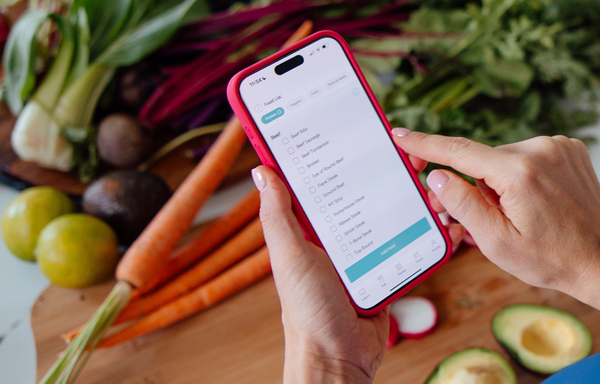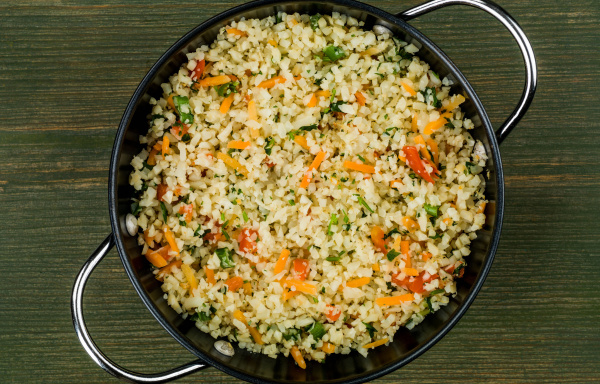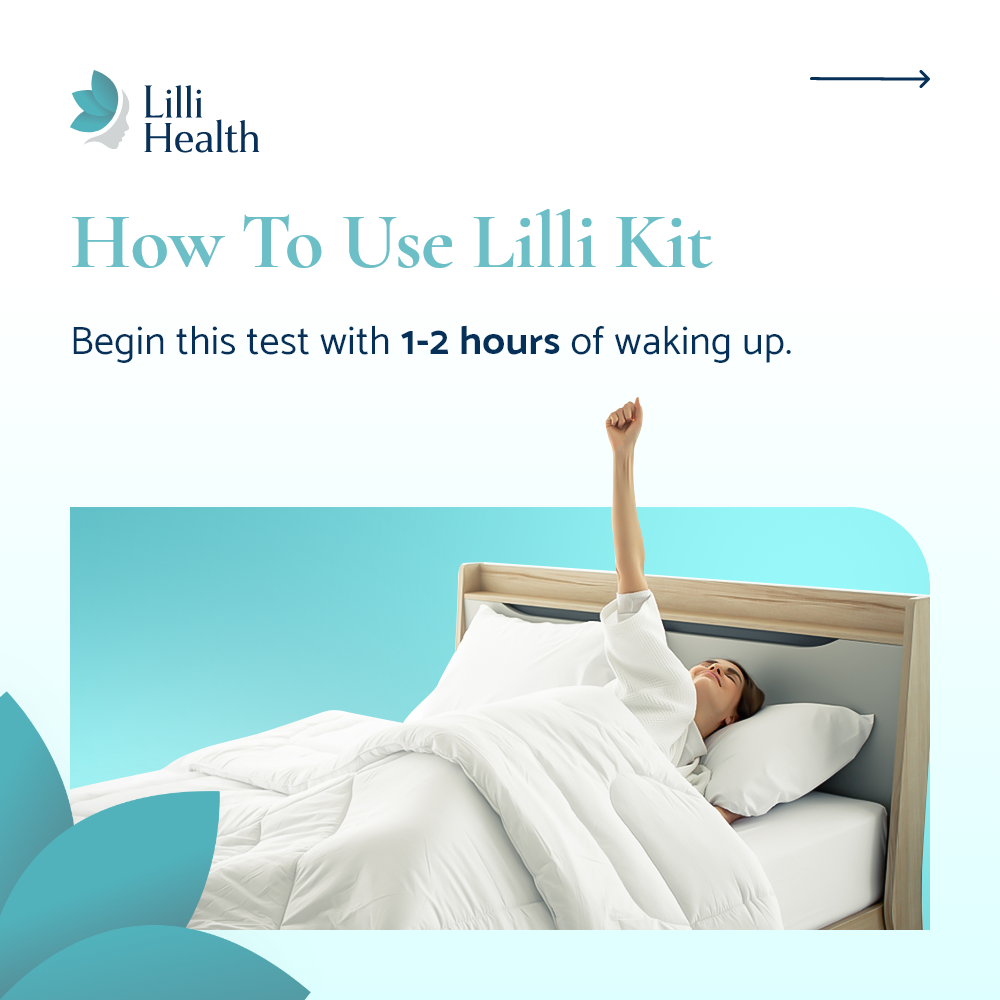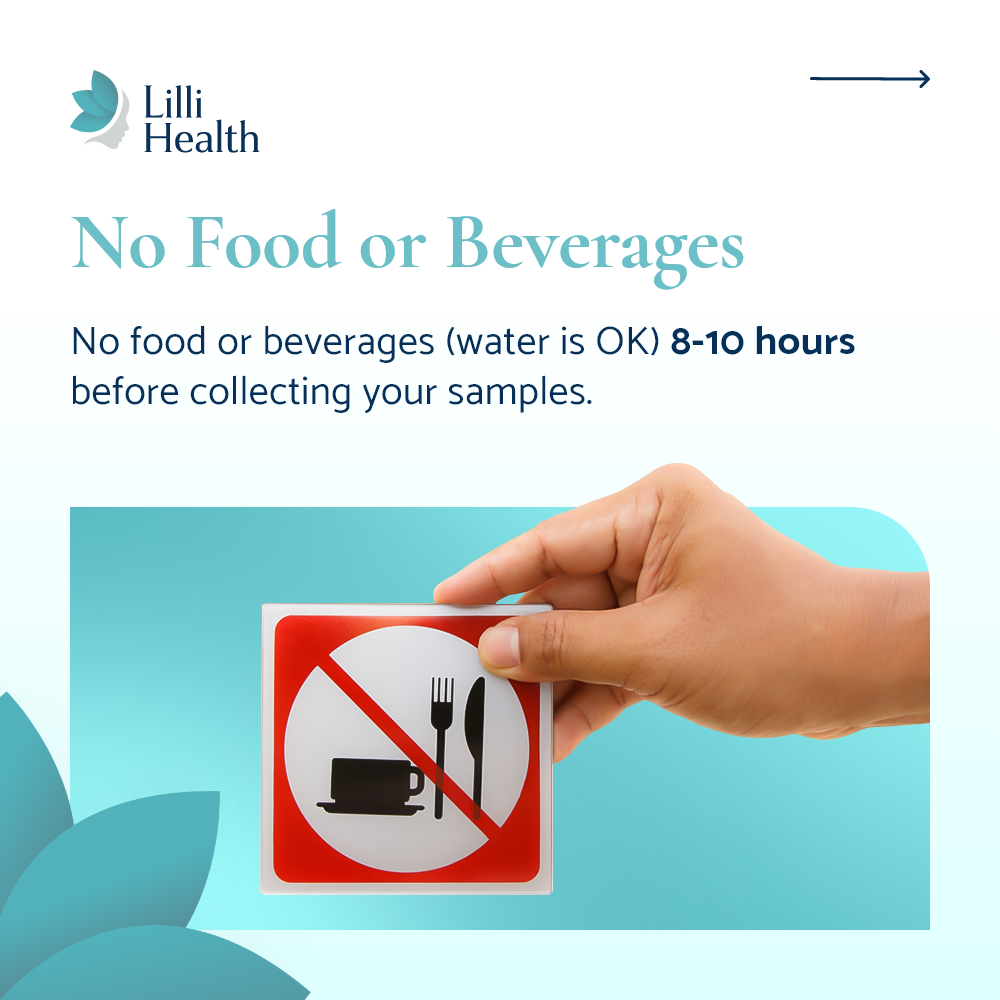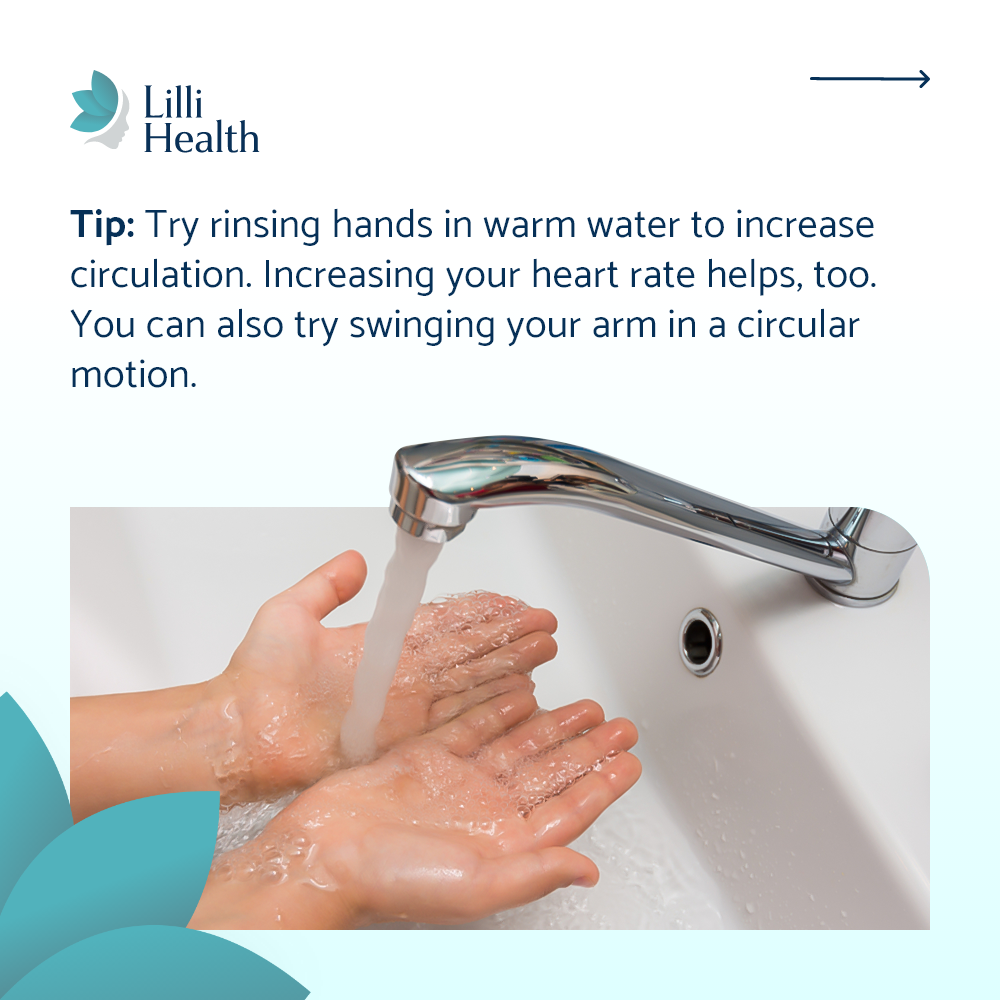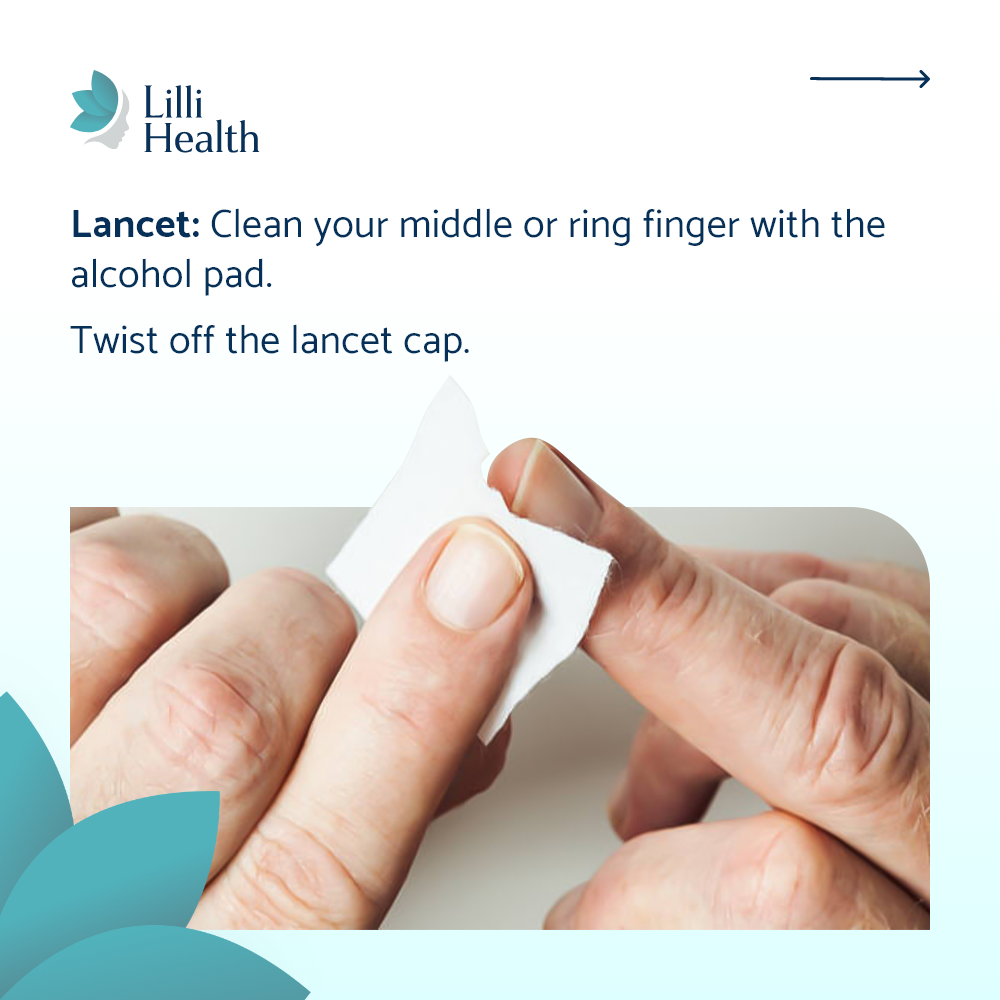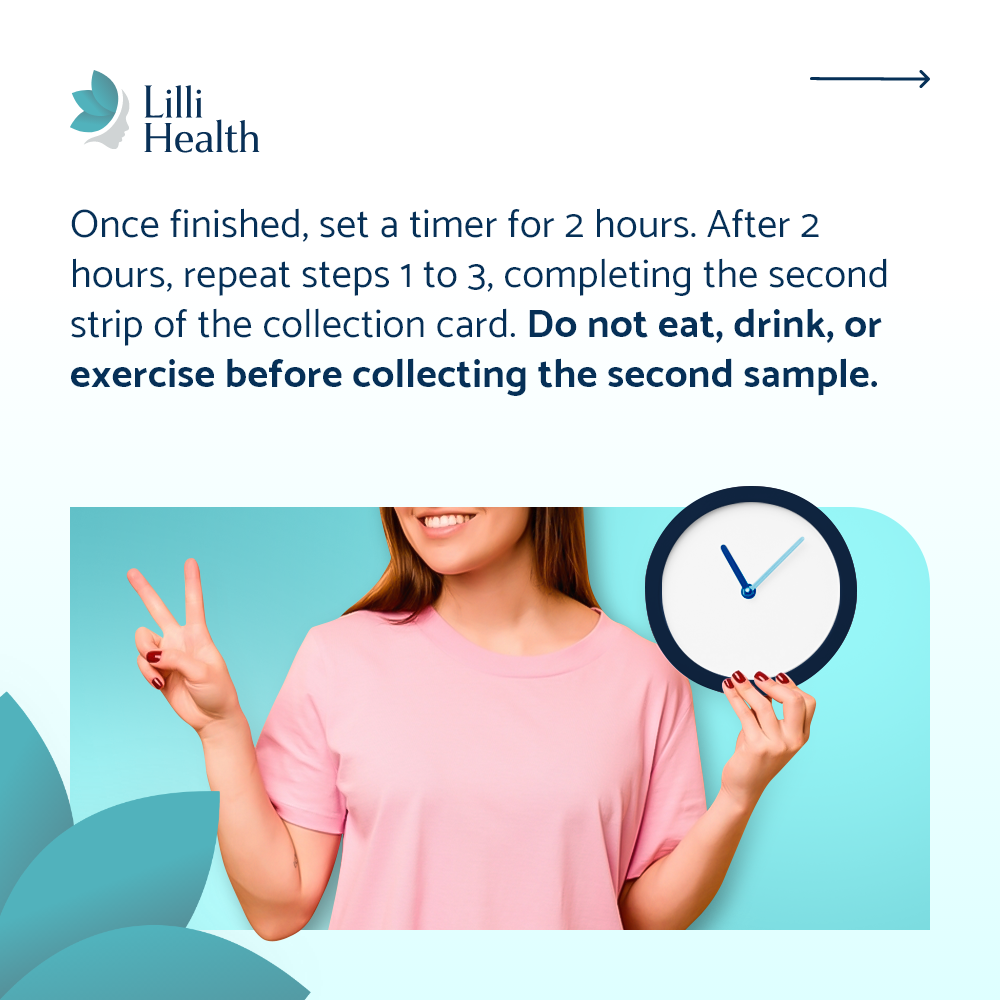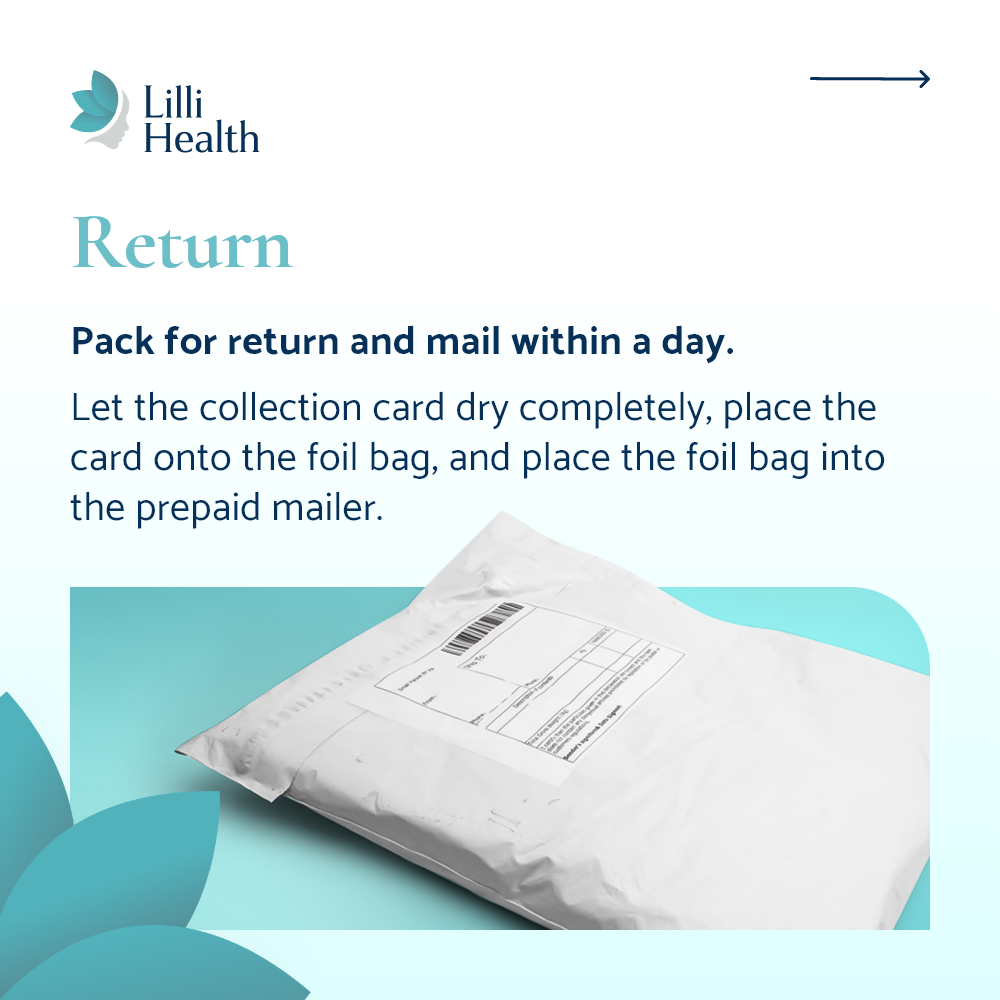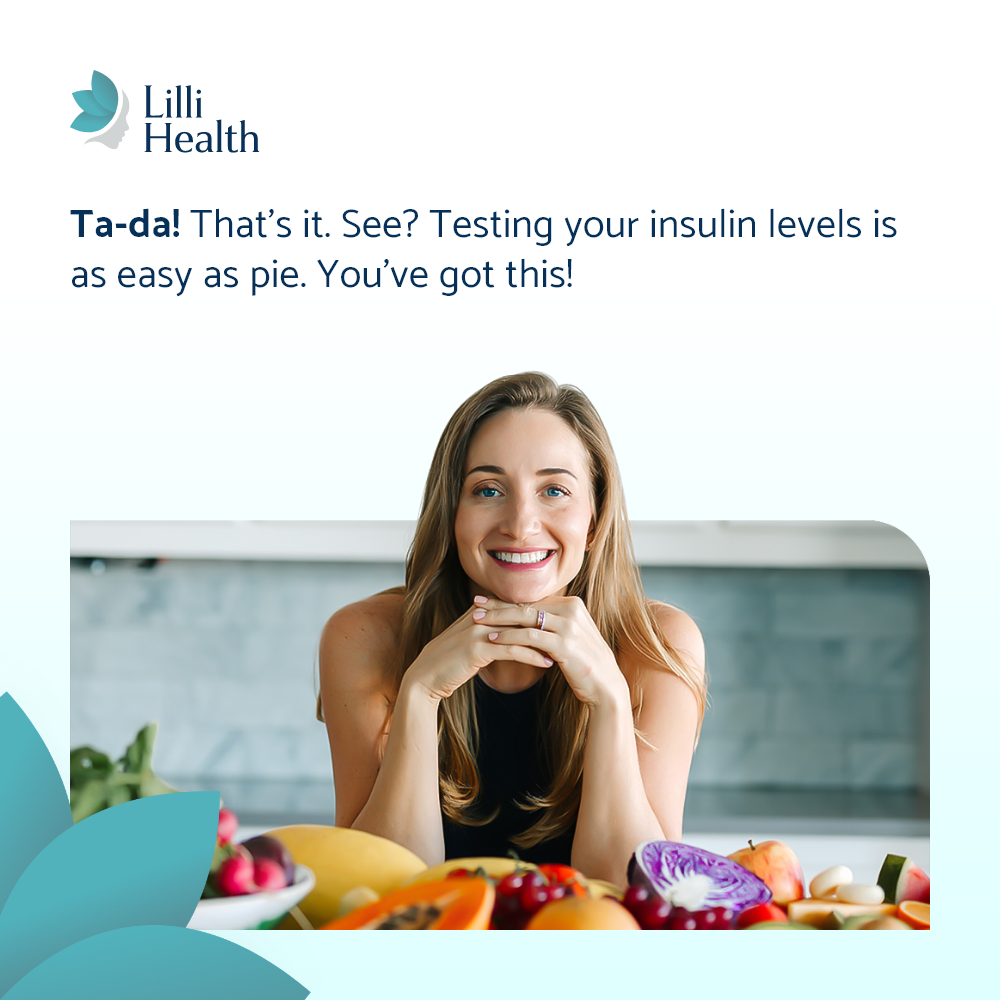

Intermittent Fasting: A Powerful Tool—If Done Right
Intermittent fasting (IF) has gained popularity for its ability to support weight loss, insulin sensitivity, and overall health. But like any tool, it’s not a one-size-fits-all approach. While fasting can be a great way to lower insulin, it can also backfire if it leads to binge eating, blood sugar swings, or poor food choices during the eating window.
The key to success with intermittent fasting isn’t just when you eat—it’s what you eat.
How Intermittent Fasting Lowers Insulin
The main reason IF works for many people is because it naturally lowers insulin levels.
- Every time you eat, insulin is released. The bigger the meal (especially if it’s high in carbs or processed foods), the bigger the insulin spike.
- When you extend the time between meals, insulin has a chance to drop, allowing your body to become more insulin-sensitive.
- Lower insulin levels encourage fat burning, since high insulin blocks fat breakdown, which improves energy levels and appetite.
- Fasting also improves mitochondrial function, lowers inflammation, and can help regulate hunger hormones like ghrelin and leptin.
But fasting is only one part of the equation. If you spend your eating window overloading on insulin-spiking foods, you can undo the benefits.
The Binge Eating Trap: When Fasting Backfires
While IF works well for some people, for others, it can trigger binge eating.
- Overly long fasts can increase hunger, making you feel out of control during your eating window.
- Restricting too much can lead to cravings for ultra-processed, high-carb foods, which spike insulin and make it harder to stay full.
- If fasting leads to cycles of bingeing and restricting, insulin levels may remain elevated long-term, negating the benefits.
Signs intermittent fasting may not be working for you:
- You feel ravenous by the time you eat and struggle to stop.
- You overeat during your eating window and feel sluggish afterward.
- You constantly think about food during fasting periods.
- You feel dizzy, irritable, or weak when fasting.
This doesn’t mean fasting is bad—it just means you may need a different approach.
How to Make Intermittent Fasting Work for You
To get the full insulin-lowering benefits of intermittent fasting, it’s important to follow an insulin-friendly approach during your eating window.
Break Your Fast with Protein, Healthy Fats, and Fiber
Instead of reaching for starchy, sugary foods, start your eating window with balanced meals that keep insulin low.
- Best options: Eggs, avocado, nuts, seeds, fish, lean meats, leafy greens, and non-starchy veggies.
- What to avoid: Sugary coffee drinks, pastries, refined grains, and ultra-processed snacks.
Don’t Under-Eat During Your Eating Window
Many people don’t eat enough while fasting, leading to overeating later. Make sure you’re getting enough food and nutrients to support balanced insulin levels.
- Focus on nutrient-dense meals. Avoid highly processed, low-calorie “diet” foods that leave you starving.
- Eat until you’re satisfied, not stuffed. It’s okay to eat full, balanced meals—just keep them insulin-friendly.
Choose the Right Fasting Window for You
Not everyone needs to fast for long periods to see benefits. It doesn’t have to be rigid, and you don’t need to follow a strict formula. Every day can look different, and most importantly, longer isn’t always better.
Fasting Can Be Helpful—If You Do It Right
Intermittent fasting can be an amazing tool for lowering insulin, improving insulin sensitivity, and supporting metabolic health. But fasting alone isn’t the answer. What you eat during your eating window matters more than when you eat.




